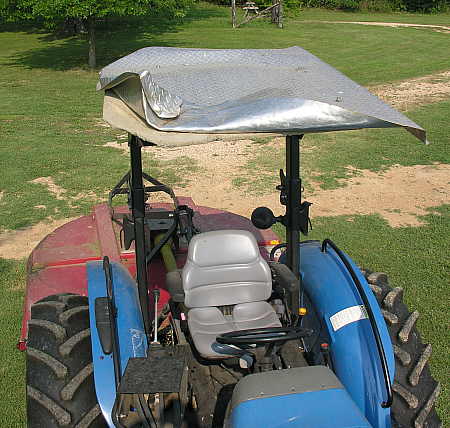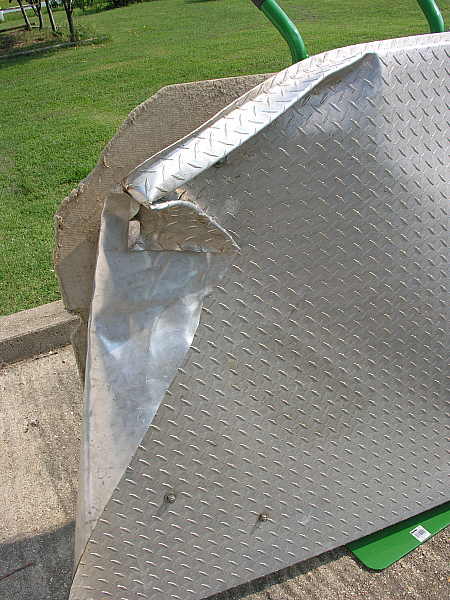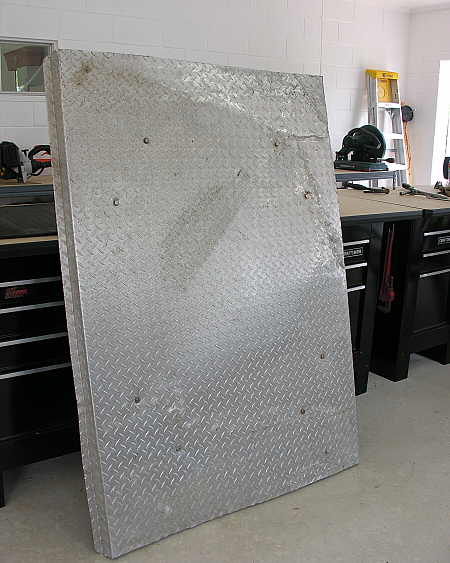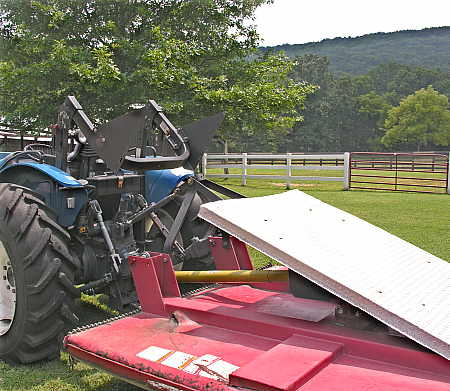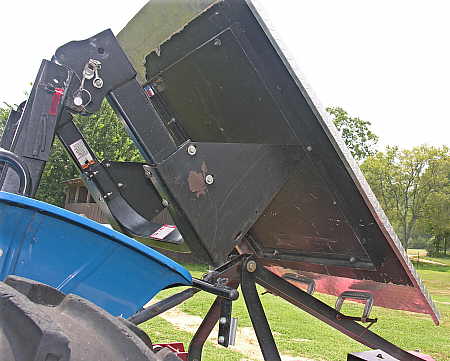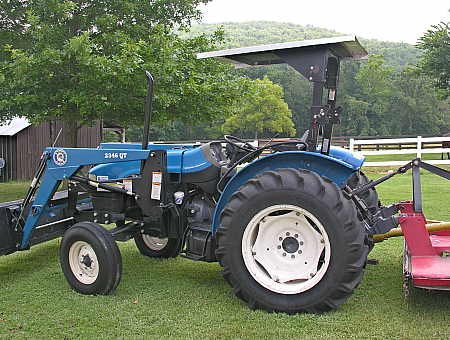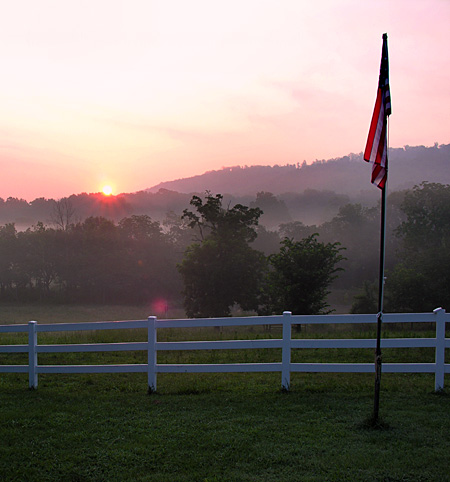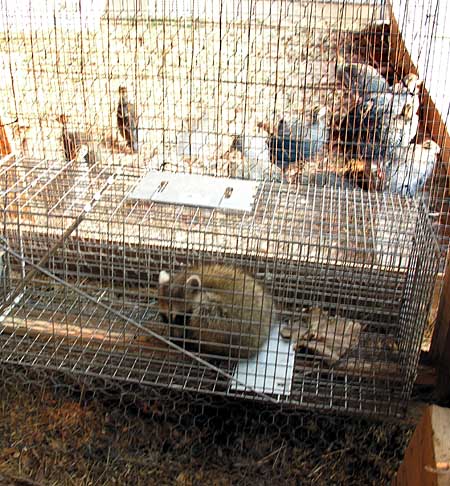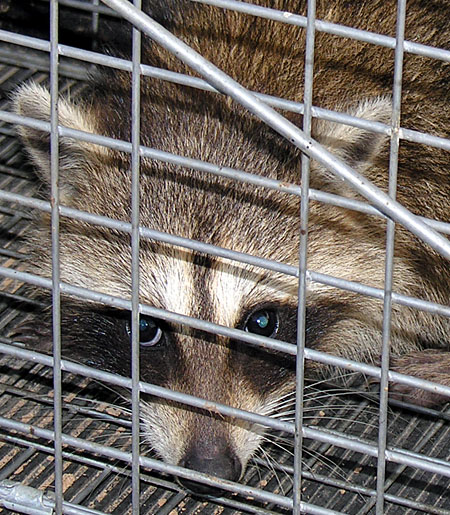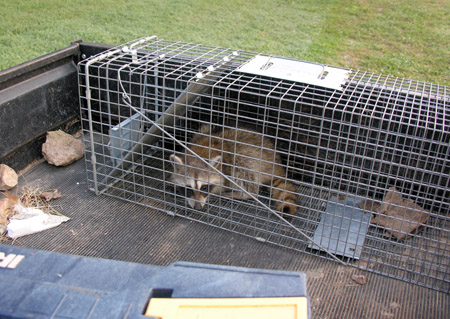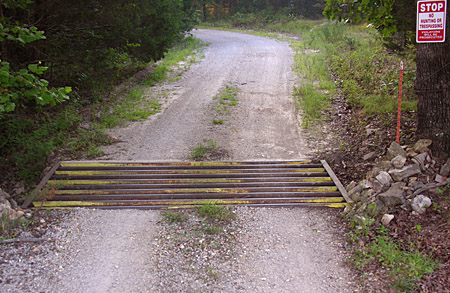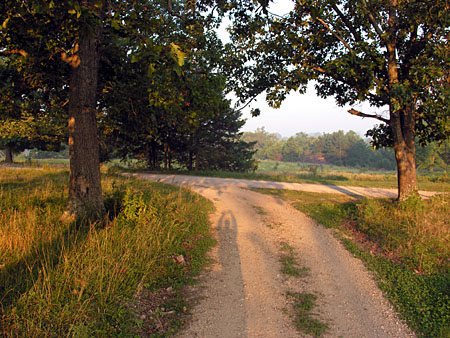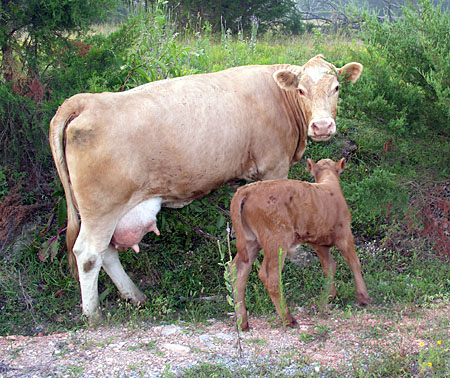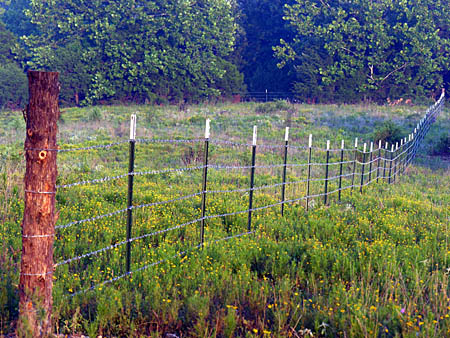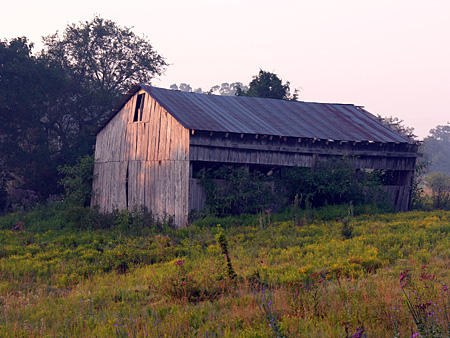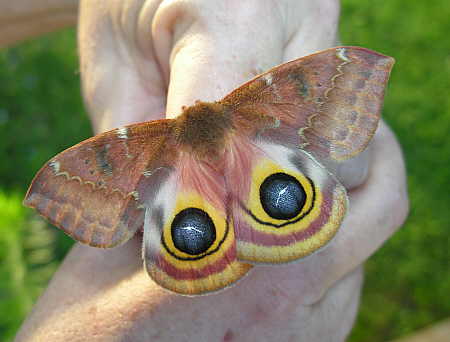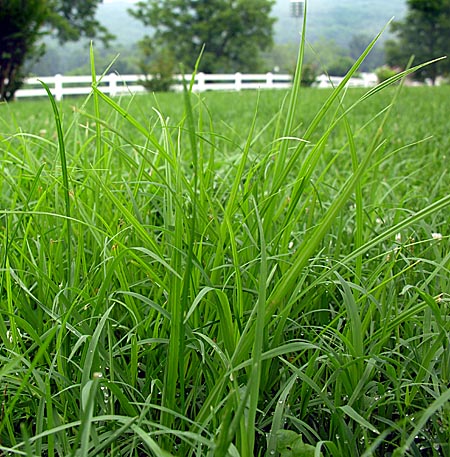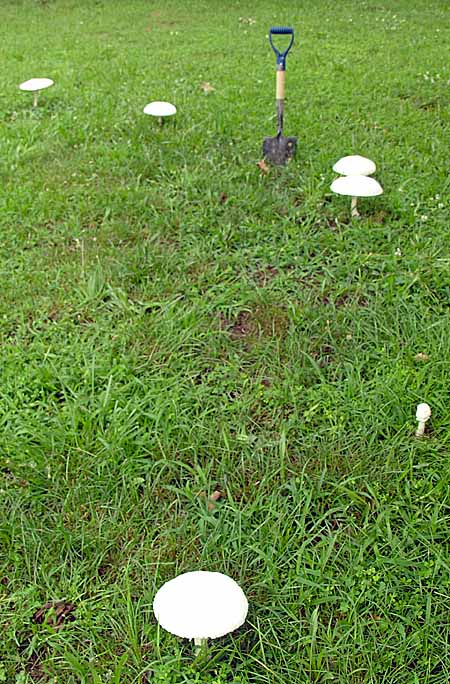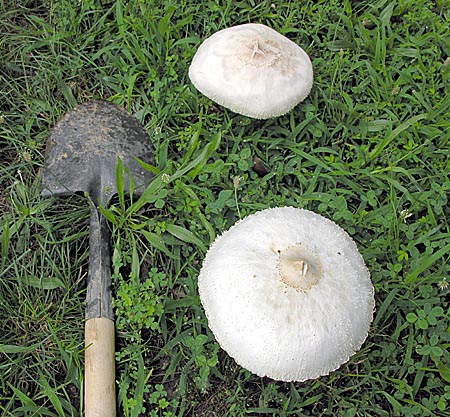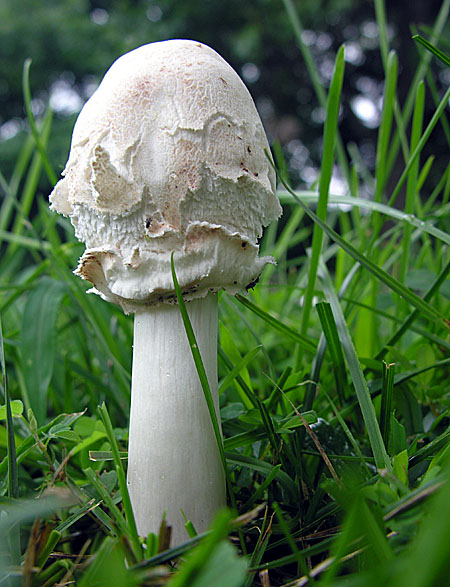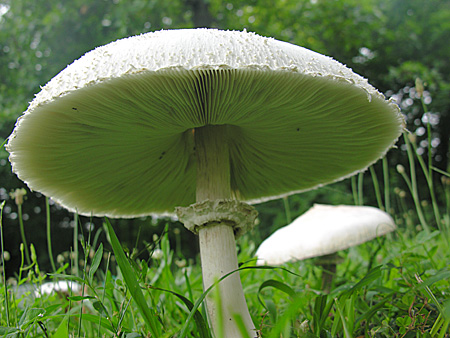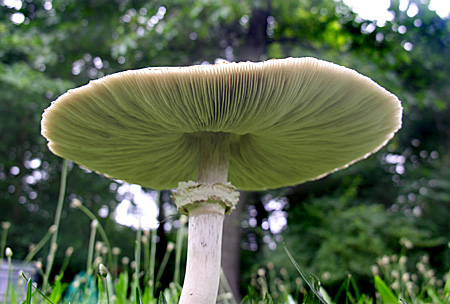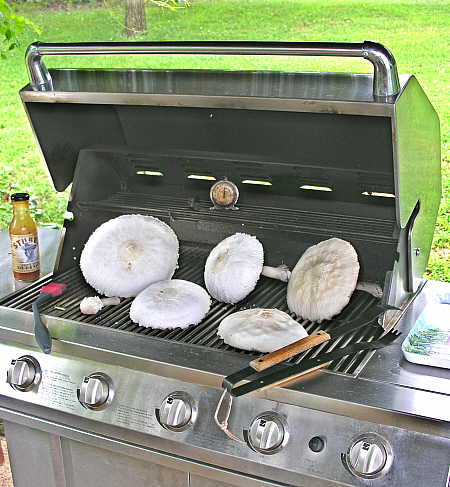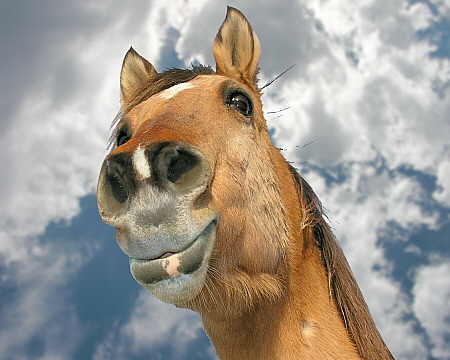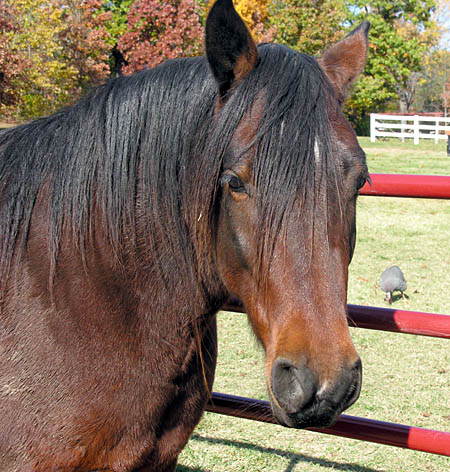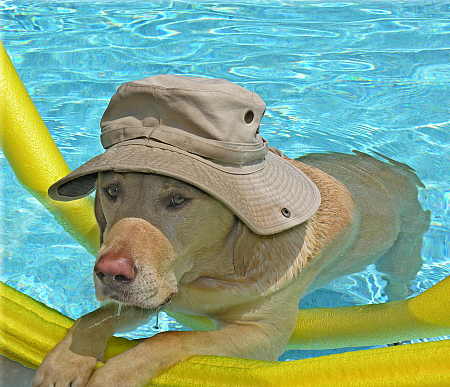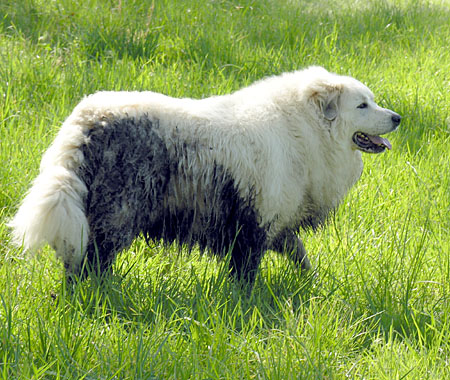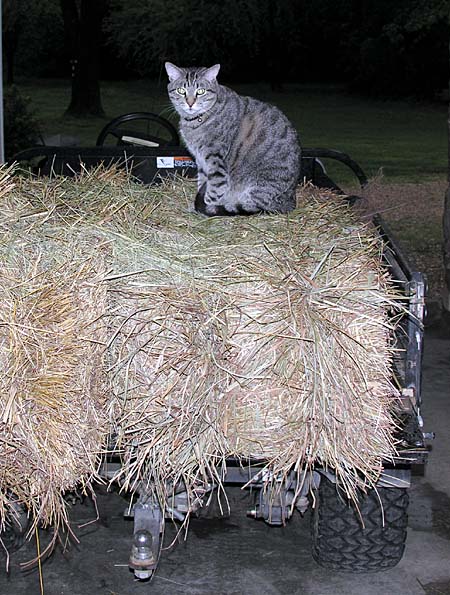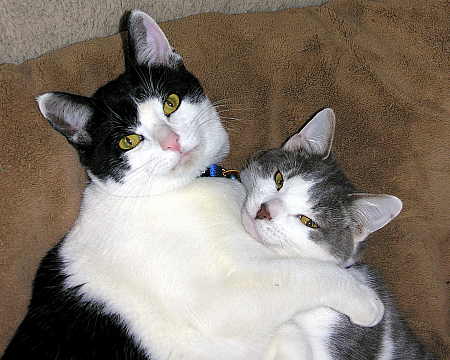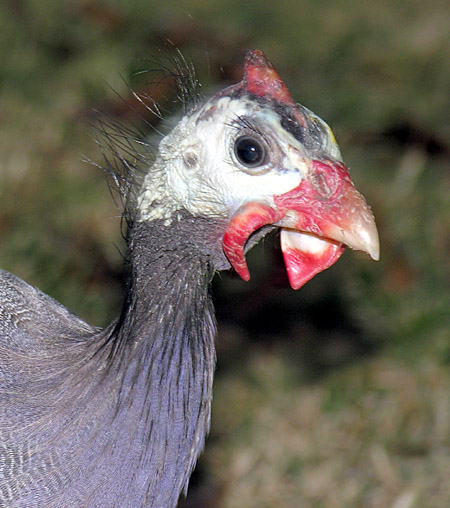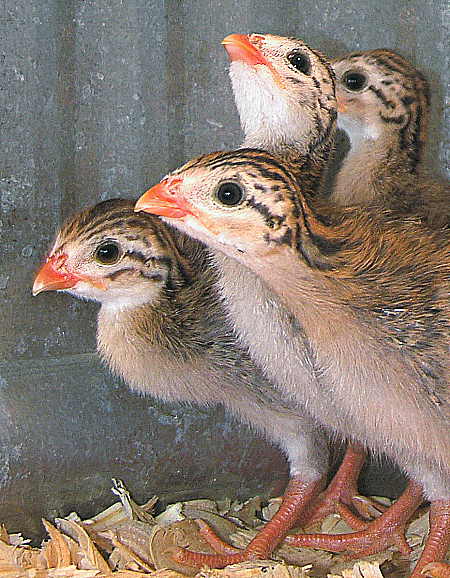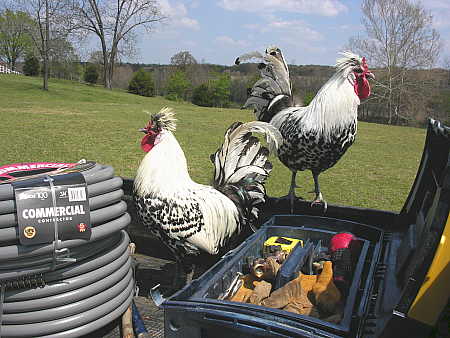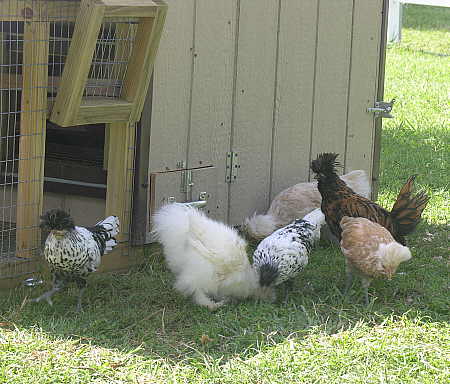My workshop is now complete, so there is no longer any excuse for putting off all the little maintenance chores that accumulate around here. The past few weeks have found me busy setting up shop, which has become the center of activity for detailing each and every piece of equipment that we use on our grounds. I am beginning to catch up on deferred maintenance chores, so my blog posting frequency will probably pick up now.
I am very good at performing necessary maintenance on our equipment according to the manufacturers’ schedules for things such as oil changes, lubrication, and critical adjustments. But there are some tasks that are non-critical that I have been putting off, simply for a lack of a decent place to do the work. That has now changed with the establishment of a workshop.
One job that needed to be done was to fix the sun canopy on the tractor. In my never-ending quest to achieve grounds keeping perfection, I have several designated areas that I have been trying to keep “park-like” for recreational purposes. In order to accomplish this, I find myself having to bush hog around numerous trees. Tractor-hating trees, if you will.
You can clearly see what damage these trees have wrought upon my tractor’s sun canopy in the photograph above. I swear, I am a good judge of the height of tree limbs. I am certain that many of the trees around here have it “in” for me and my tractor. Just as I pass underneath their shade-producing limbs, the branch will suddenly (and without warning) drop down a few feet, intent on snagging the tractor canopy, if not my head! The result is a crumpled-up canopy, as you can see above.
Here is a closer look at the damage to the front of the canopy. The rear, although not visible in this photograph, has about as much damage as the canopy’s front. In addition to the bent metal on the canopy itself, the iron frame portion of the canopy has also been bent out of shape. It’s off to the workshop, where a heavy sledge hammer, a three-foot long pry bar, and a pair of 4″x 4″ pieces of oak (used as dolly blocks) and a lot of sweat coerced the twisted metal back into a rough semblance of its former shape.
Now that the canopy was fairly straight, as seen above, all that remained was the finish hammering, which after much tedious work, made the canopy look almost as good as new. But the most challenging task was getting the canopy installed back on the tractor. Between the sheet metal, the iron frame, and the 1″ thick insulation material (which prevents the canopy from acting like a giant solar oven, ideal for baking brains), the assembly weighs in at about 150 pounds. Getting it back up on top of the tractor could be a little tricky for someone such as myself, who had no help available (now I see why farm families are usually large – they need all the help they can get).
On the theory that “brains can overcome brawn,” I examined the task ahead of me, and devised a plan of action. The first step was to maneuver the canopy up onto the support rails of the bush hog.
The next step required folding the ROPS (roll-over protection system) down to a level where I could reach the support brackets. Using a couple of C-clamps to help align the canopy with the ROPS, I was able to install the front retaining bolts of the assembly. Once this was accomplished, the rest of the installation job was a piece of cake. Using a come-along style winch attached to the front-end loader, I was easily able to pull the canopy and ROPS back up into their proper position.
After a few minutes of adjusting, squaring and bolt tightening, the job was finished, and the tractor looked as good as new. And now I won’t have to drive around looking like a dork on a tractor with a crumpled-up canopy anymore!Â


